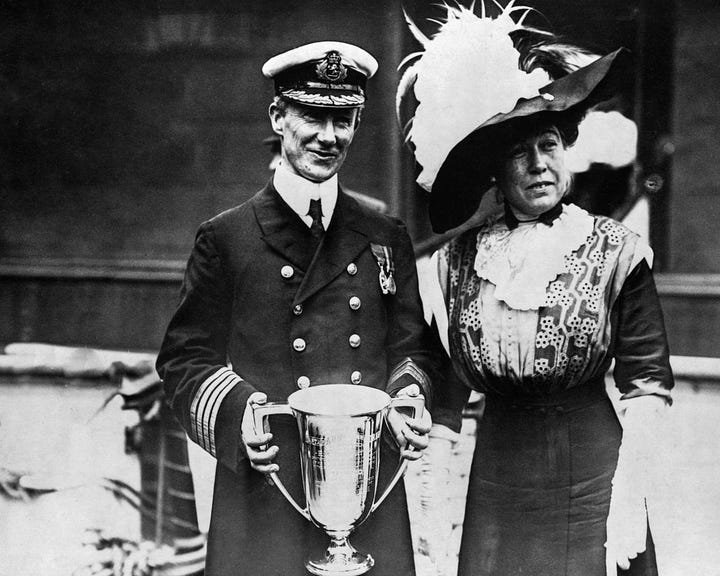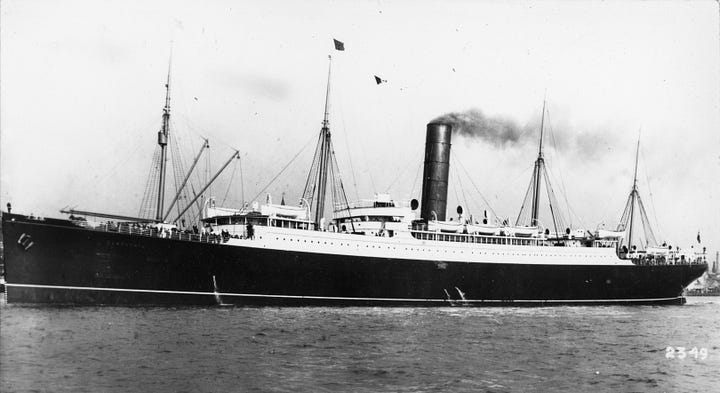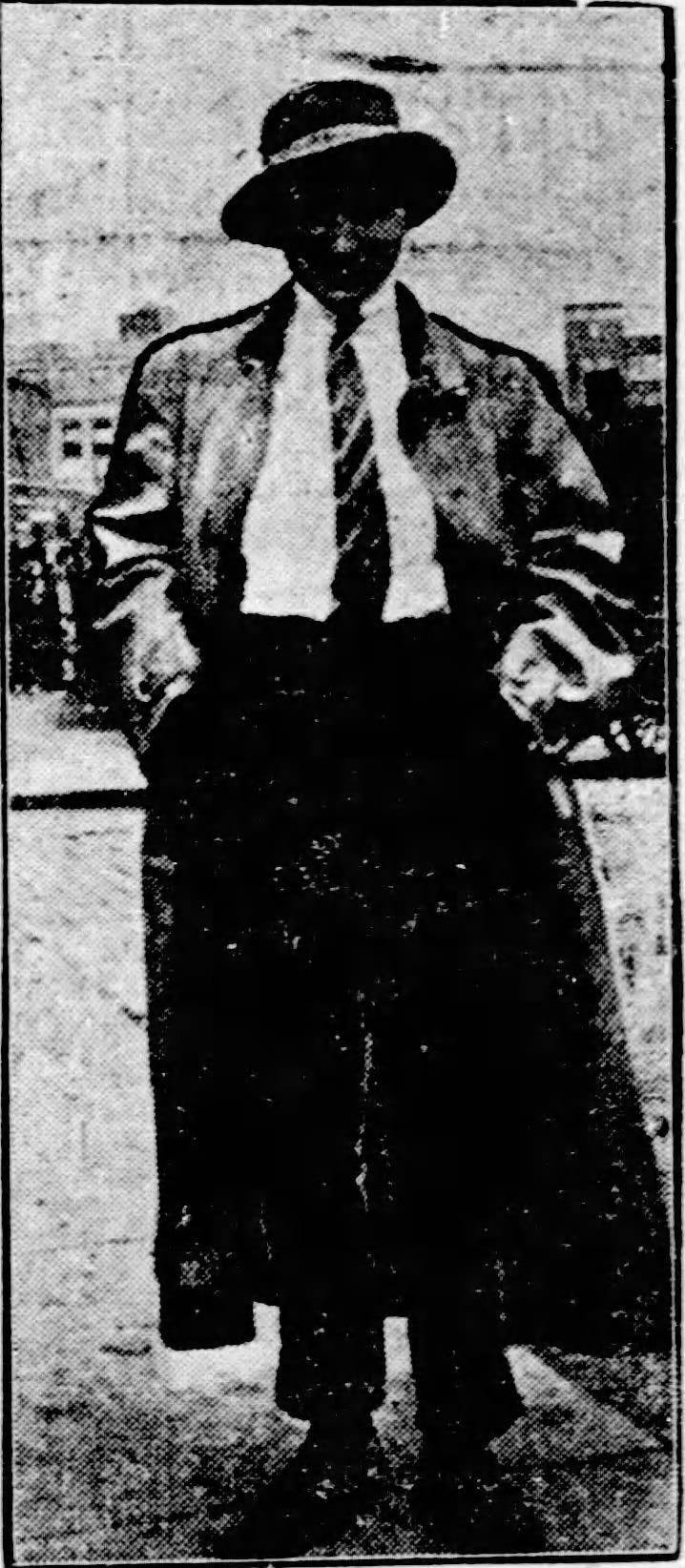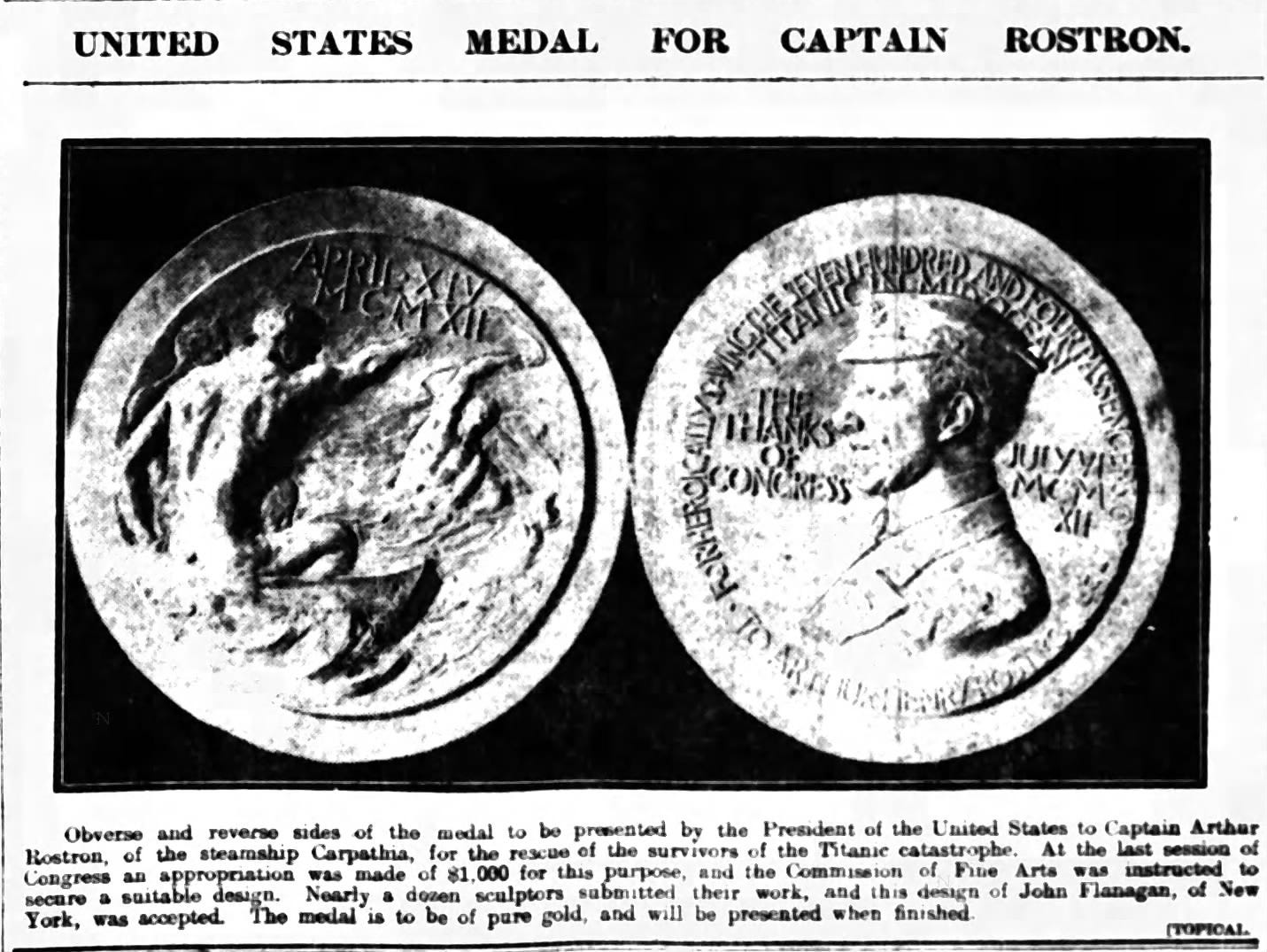A smitten stowaway on the Carpathia, the Titanic rescue ship
Mischief on the ocean liners Pt. 1
In writing for The Silent Sod, I have enjoyed the process of researching stories and giving life to the narratives of those from yesterday. One story I’ve mentioned previously that has captivated my attention for several years is the sinking of the Titanic.
As I’ve learned more about the Titanic through my involvement in the Titanic Book Club, I’ve realized that when you start learning about the ship, you become interested in other aspects of life at the time of the disaster. For example, I have a friend in the club who has become very interested in how ocean liners were used during the two World Wars.
One aspect of the ship’s story, which has collided with another interest of mine, is true crime. I read a book by one of my favorite authors George Behe called Fate Deals A Hand. Behe chronicles the gamblers who were on the Titanic and some of the well known swindlers who often sailed on the ocean liners at the time. I became interested in looking into their stories. I would like to share a few additional tales of mayhem and true crime on the ocean liners here on The Silent Sod. I think the stories of the culprits as well as the passengers and crew involved will bring to life an era that will intrigue you.
The Stowaway
In September of 1912, just about five months after the sinking of the Titanic, a woman named Connie Magnett boarded the rescue ship of the Titanic, the Carpathia. In studying the Titanic, you learn from the stories, both accurate and embellished, that many individuals involved in the incident were turned into heroes or villains. The captain of the Carpathia, Arthur Rostron, was by all accounts considered to be a hero.


Connie Magnett boarded the Carpathia disguised as a male crew member right before the ship was set to depart. She hurried into an unoccupied stateroom, but was discovered by a ship steward.
The steward demanded her to give her name. “Tommy Magnett,” was the reply.
At this point Captain Rostron became involved in the inquiry.
“Why do you look like a girl?” he asked.
At this, Magnett broke down. “Oh, forgive me, captain. I couldn’t help it. You know me. I am Connie Magnett, an actress. I like you captain, and I had hoped to go to sea as your cabin boy. Please don’t send me ashore.”
Captain Rostron, who was known from the Titanic accounts to be a pious individual, lectured her for trying to get into the boat in a disguise. A Jacob’s ladder was lowered to a tug alongside the boat, and she was sent ashore. Magnett later admitted that she was afraid she was going to be arrested, but ultimately she was let go. She stated that during the attempt to disguise herself aboard the ship she felt shaky the whole time.
Connie Magnett was a British actress in the United States for a show called “The Passing Show of 1912.” She was described in the news articles as "attractive in male attire.” In the stories about the incident, she both admitted to a feeling of being homesick and a great admiration for Captain Rostron, who was also British. At the time, as a result of his heroic actions in recovering Titanic survivors, Rostron had become somewhat of a celebrity in America. He had even been recognized with a Congressional Medal of Honor for his efforts.
What happened to Connie?
I tried to find more information about the life of Connie Magnett in genealogical records. I did find a woman named Constance Magnett who was born at a time that would align with the individual in the story and was noted in her immigration records to be a dancer. She travelled a great deal back and forth from Europe to America and her pictures look similar to the picture shown in the news article. If this is the same woman, she apparently steered clear of future mischief, and in 1917, she married Benjamin Harrison McKee, the grandson of President Benjamin Harrison.
It’s hard to imagine what would have motivated Magnett to take such a daring chance in boarding the Carpathia in disguise. Was she just simply homesick and thought this would be an easy way to get back to England? Was it a prank she had thought up with some acting friends? Did she have some slight obsession with Captain Rostron due to his heroism? Or was she maybe even having an unidentified mental health episode that caused her to take the risk?
It is hard to say at this point, but one thing that I do think is fascinating is how the actions of the people aboard the ocean liners, who for whatever reason had done things that were mischievous or even illegal, would be handled by the crew and how these events could affect the journey over the ocean. I look forward to sharing more stories of mischief on the ocean liners with you in the near future.
References
“Green room gossip.” The Butte Daily Post. Tuesday October 15, 1912.
“Girl on ship as boy, dancer as a stowaway causes ship to stop in river.” The New York Times. September 6, 1912.







Excited for more in this series.
This is so fascinating! I love the research here that illuminates the hidden thread through transatlantic society.